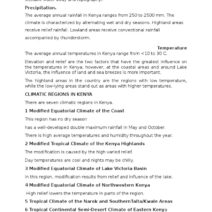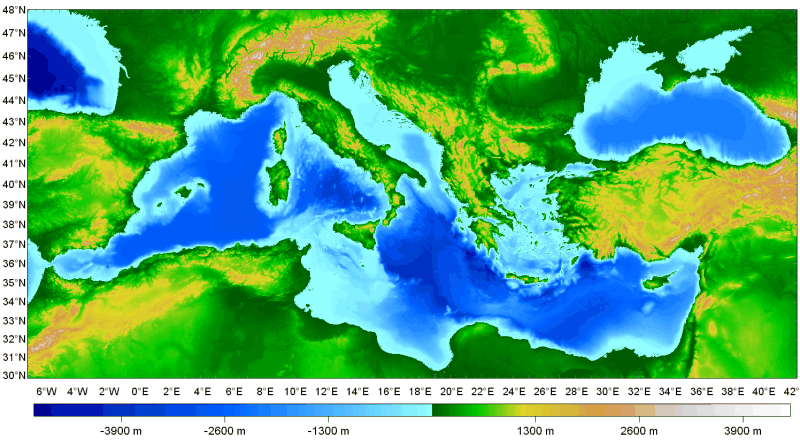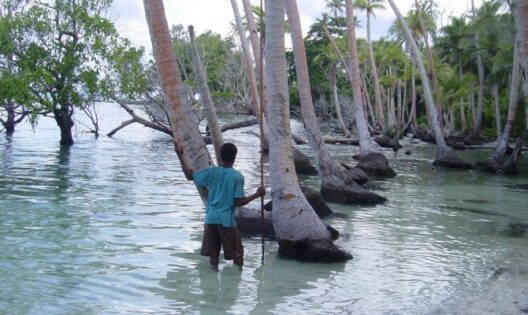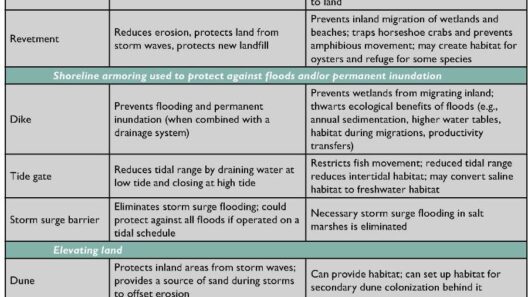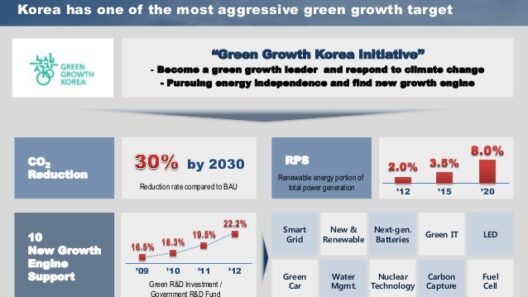The Mediterranean Sea, with its rich biodiversity and historical significance, has become a focal point for climate change discussions. Observations over the past few decades have indicated a concerning trend: the rising sea level in this vital waterway. This article delves into the intricacies of Mediterranean sea level changes, exploring the factors contributing to this phenomenon and its broader implications for the region.
Understanding the nuances of sea level rise requires a closer look at its root causes. Variations in ocean levels can be attributed to a multitude of factors, ranging from thermal expansion due to global warming to the loss of glaciers and ice caps. In the Mediterranean, specifically, the interplay between natural processes and anthropogenic influence creates a complex dynamic.
The Interplay of Climate Change and Ocean Levels
Climate change has far-reaching implications that extend to every corner of the globe, and the Mediterranean is no exception. The escalating temperatures lead to the thermal expansion of water, a significant contributor to rising sea levels. As the atmosphere warms, oceans absorb heat, which subsequently causes water to expand. This expansion is particularly evident in enclosed seas like the Mediterranean.
Additionally, the melting of polar ice sheets significantly impacts sea levels. Glacial retreat is not solely a phenomenon restricted to the Arctic; glaciers in mountainous regions feeding into the Mediterranean are also diminishing. This loss of freshwater into the sea contributes to changes in ocean salinity and additional sea level rise.
Local factors also exacerbate these changes. Urbanization and land reclamation projects along the Mediterranean coastline disrupt natural sedimentation processes and increase the vulnerability of coastal areas. As cities expand and infrastructure borders extend into the sea, communities face heightened risks associated with rising waters.
A Closer Look at Regional Variability
While it is evident that the Mediterranean Sea is rising, the degree of this rise is not uniform across the region. Studies indicate a notable gradient in sea level change, driven by local hydrodynamics influenced by topography, climate, and geophysical characteristics. In some areas, sea levels may be rising more rapidly than the global average, while other regions may be experiencing comparatively less pronounced changes.
This variability is critical for urban planners, policymakers, and local populations. Communities along the western Mediterranean, for example, have reported higher rates of sea level rise compared to those in the eastern regions. Regions like the coastal areas of Italy and Spain are particularly vulnerable, facing ongoing challenges of coastal erosion, flooding, and habitat loss.
The Implications of Rising Sea Levels
The ramifications of rising sea levels extend beyond mere geography; they encompass economic stability, ecosystem health, and social dynamics. Coastal regions are increasingly at risk as higher seas encroach upon shorelines, destabilizing ecosystems and threatening biodiversity.
Fisheries, an essential economic sector in many Mediterranean countries, face disruptions from changing water temperatures and salinity levels. Marine species that thrive in specific habitats may be forced to shift their ranges or face extinction, creating a ripple effect throughout the food chain.
Furthermore, communities along the Mediterranean coast confront the imminent risk of flooding and the loss of arable land. Agricultural practices can be severely impacted as saltwater intrusion occurs, leading to diminished crop yields and economic strain. Future generations may inherit regions significantly different from those experienced by their ancestors.
Mitigation Strategies and Adaptive Measures
As awareness of rising sea levels increases, it is imperative to initiate robust mitigation strategies. Policymakers must prioritize the development of comprehensive coastal management plans that incorporate scientific research, community input, and sustainable practices.
Coastal restoration efforts, such as the reintroduction of mangroves and wetland preservation, can buffer against the impacts of rising waters. These ecosystems act as natural barriers, absorbing wave energy and providing habitats for diverse species. Investment in green infrastructure has the potential to create resilient communities capable of withstanding environmental challenges.
Additionally, countries bordering the Mediterranean should explore collaborative policies targeting climate change adaptation. Information-sharing and joint research initiatives can enhance understanding and preparedness for anticipated changes in ocean levels.
Conclusion: The Call for Vigilance
In conclusion, the evidence is irrefutable: the Mediterranean Sea level is rising, influenced by a myriad of factors stemming from global climate change and local human activity. The implications for ecosystems, economies, and communities in the region are profound and necessitate immediate and coordinated action.
The future of the Mediterranean Sea—and the communities relying on its resources—depends on our ability to confront these challenges head-on, forging a sustainable path forward. By prioritizing scientific research, adopting adaptive measures, and fostering community resilience, we can work together to preserve the integrity of this irreplaceable natural treasure.


